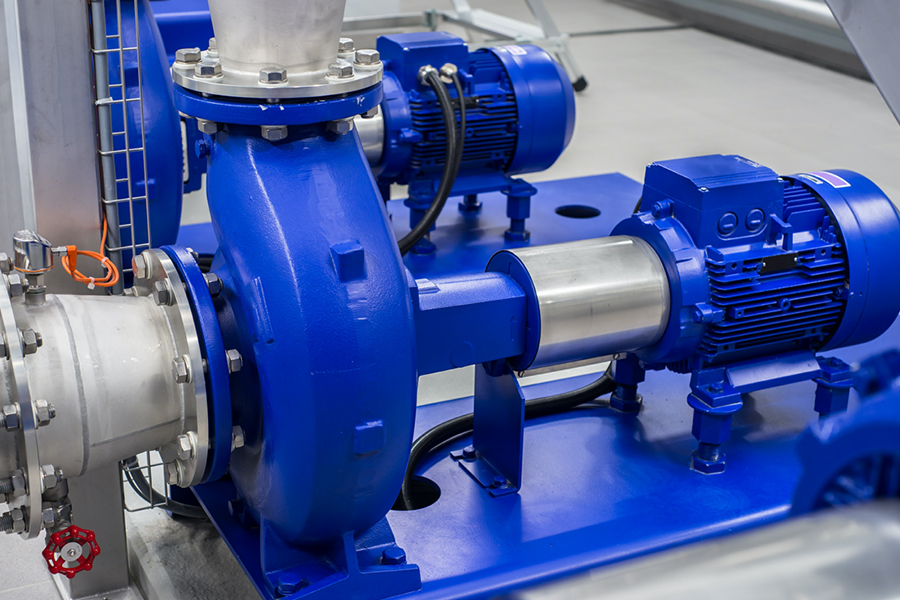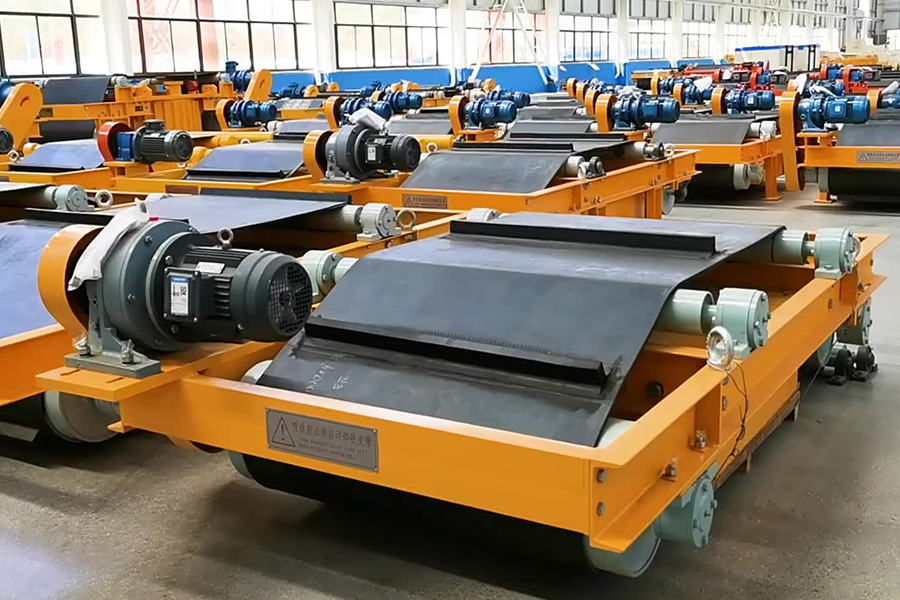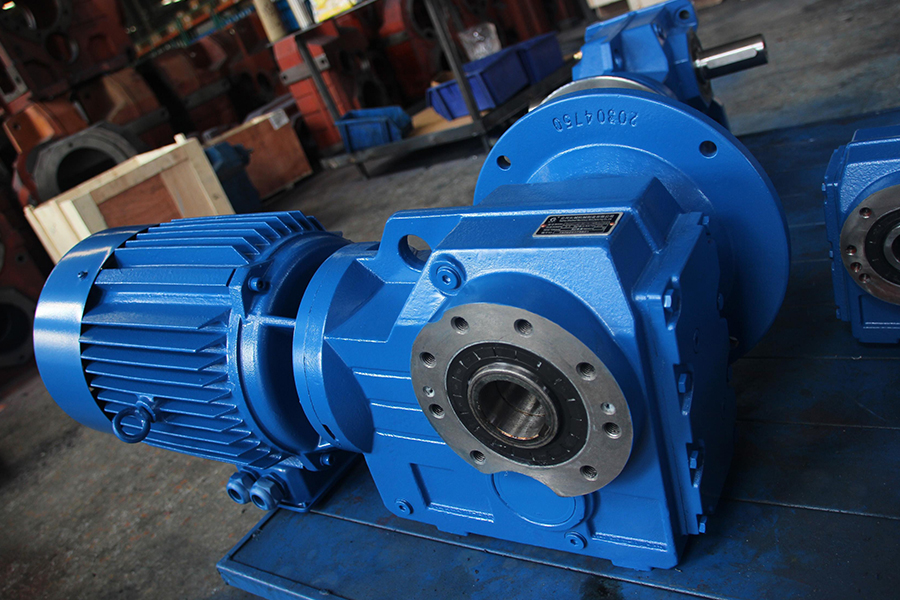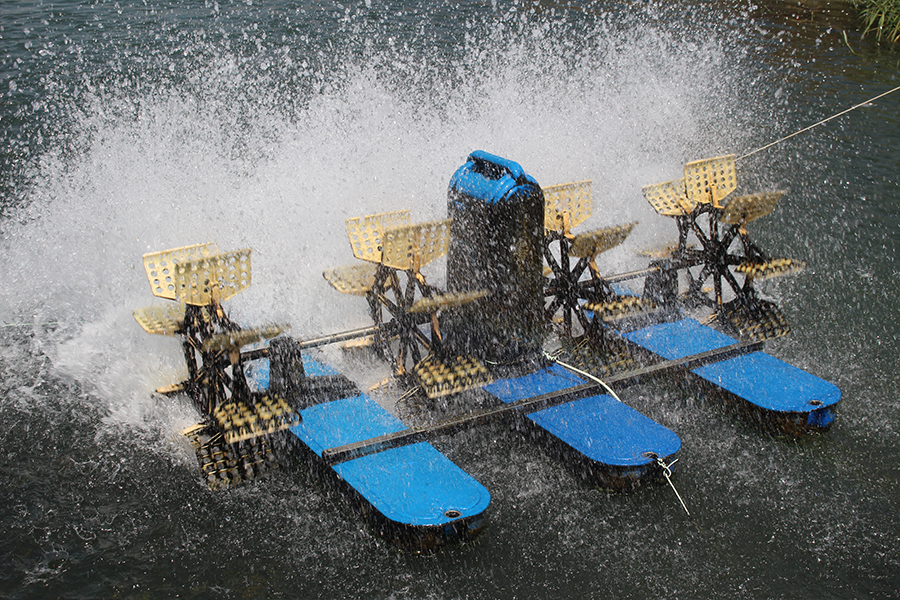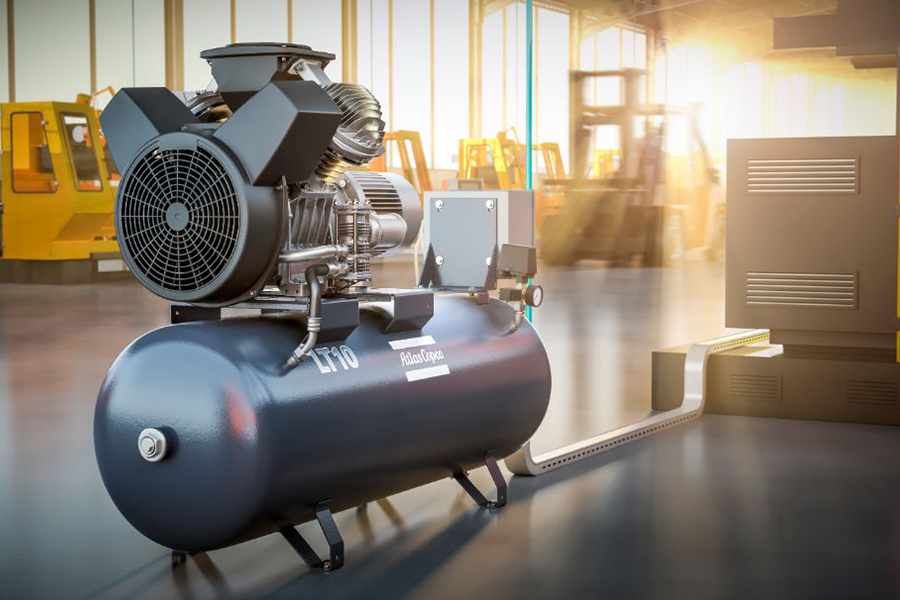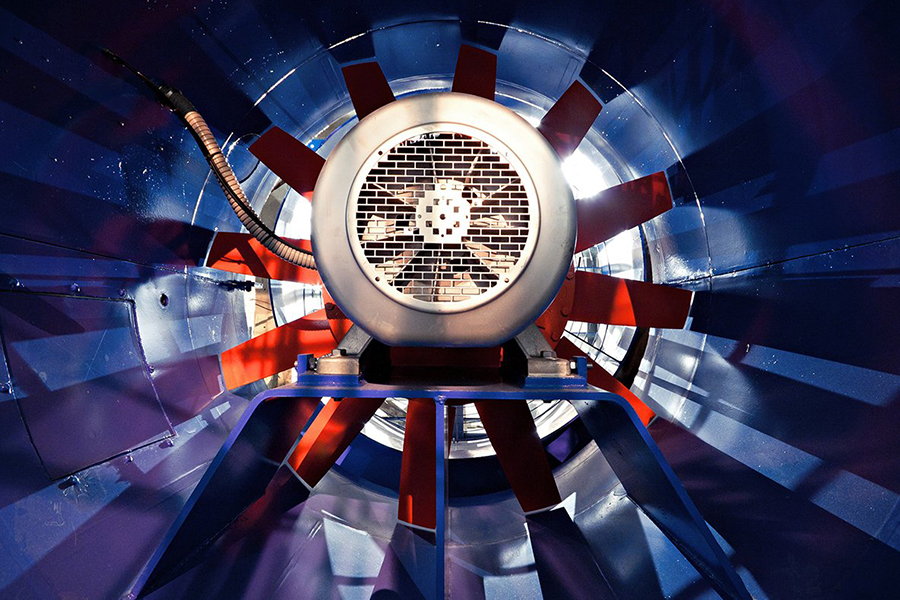In the realm of industrial engineering and machinery, two key components stand at the forefront of efficiency and adaptability: variable frequency drives (VFDs) and variable drive motors. These technologies represent a pivotal advancement in the optimization of energy consumption and performance across various applications.
Variable frequency drives, often abbreviated as VFDs, serve as the cornerstone of modern motor control systems. They provide the ability to precisely regulate the speed and torque of an electric motor by varying the frequency and voltage of the power supplied to it. This dynamic control capability allows for significant energy savings compared to traditional fixed-speed motor setups.
One of the primary advantages of VFDs lies in their ability to match the motor's speed to the specific requirements of the driven equipment or process. Whether it's a conveyor belt in a manufacturing plant, a pump in a water treatment facility, or a fan in an HVAC system, VFDs offer unparalleled flexibility in adjusting operational parameters to optimize efficiency without compromising performance.
Accompanying these sophisticated drives are variable drive motors, which are engineered to seamlessly integrate with VFD systems. These motors are designed to deliver reliable performance across a wide range of operating speeds, ensuring smooth operation and precise control in diverse industrial environments.
The synergy between VFDs and variable drive motors extends beyond mere energy efficiency. It encompasses enhanced functionality, improved reliability, and reduced maintenance requirements. By harnessing the power of these advanced technologies, industries can achieve greater productivity while simultaneously reducing their carbon footprint and operating costs.
Applications of VFDs and variable drive motors span various sectors, including manufacturing, mining, agriculture, and commercial buildings. In manufacturing plants, VFDs enable automated production lines to operate at ideal speeds, facilitating seamless product assembly and small downtime. In mining operations, variable drive motors power conveyor systems with the flexibility to adapt to changing load demands, maximizing throughput while conserving energy.
Moreover, the adoption of VFDs and variable drive motors is not limited to new installations. Retrofitting existing machinery with these advanced components presents a viable pathway for upgrading legacy systems and unlocking newfound efficiencies. This approach aligns with the growing emphasis on sustainability and resource conservation in today's industrial landscape.
In addition to their economic and environmental benefits, VFDs and variable drive motors contribute to enhanced operational safety. Their precise control capabilities reduce the risk of equipment damage due to sudden starts or sideals, while also mitigating the potential for mechanical wear and tear. Furthermore, the ability to monitor and adjust motor performance in real time enhances predictive maintenance practices, small the likelihood of unexpected failures and optimizing asset utilization.
As industries continue to evolve in response to changing market dynamics and regulatory pressures, the role of VFDs and variable drive motors will become increasingly indispensable. Their versatility, efficiency, and reliability position them as key enablers of innovation and competitiveness in the global marketplace.
In conclusion, the advent of variable frequency drives and variable drive motors heralds a new era of efficiency and adaptability in industrial automation. By harnessing the power of these advanced technologies, businesses can achieve sustainable growth while driving towards a more prosperous and environmentally conscious future.
Furthermore, ongoing advancements in VFD and variable drive motor technology continue to expand their capabilities and applicability. Emerging trends such as the integration of Internet of Things (IoT) connectivity and predictive analytics enable proactive maintenance strategies and remote monitoring, further optimizing performance and small downtime.
Innovations in motor design, such as the development of high-efficiency permanent magnet motors and advanced insulation materials, contribute to greater energy savings and durability. These enhancements not only bolster the operational efficiency of VFD systems but also align with sustainability initiatives aimed at reducing greenhouse gas emissions and conserving natural resources.

 English
English 中文简体
中文简体 عربى
عربى



